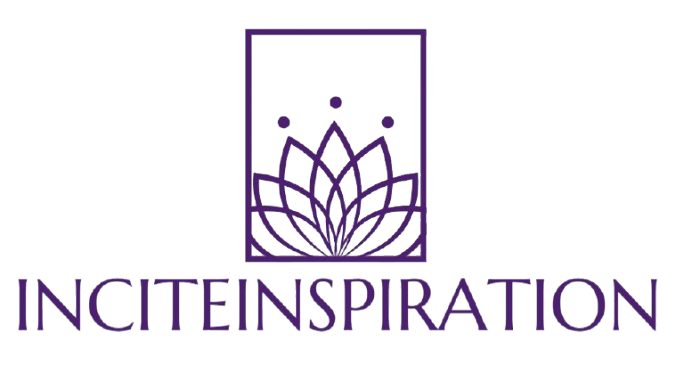The world of talent acquisition is no longer confined to the local job market. As businesses expand globally, so too does the hunt for diverse, skilled professionals. Yet, with the vast opportunities of global hiring come several challenges: rising costs, cultural differences, time zone hurdles, and navigating the intricacies of legal and tax obligations. The good news? These challenges are manageable with the right approach. In this article, we’ll delve into how companies can effectively navigate the global hiring maze, creating teams that not only meet but exceed expectations.
The Challenges of Global Hiring
Hiring talent from around the globe brings about unique obstacles. The first, and perhaps most glaring, is the cost. While hiring internationally offers access to a wider pool of candidates, it can be more expensive than expected, particularly when factoring in recruitment fees, legal consultations, and the integration of remote teams.

Cultural and language barriers also pose significant risks. Differences in communication styles, work ethics, and understanding of business protocols can lead to misunderstandings or hinder collaboration. Furthermore, these differences can often affect team cohesion and productivity, unless managed properly.
Beyond these challenges, businesses must also deal with logistical complications such as varying time zones, differing legal regulations, and tax systems that can complicate payroll and employment contracts.
Turning Challenges into Opportunities
Despite these hurdles, global hiring presents significant advantages, and with the right strategy, businesses can turn challenges into opportunities.
1. Access to Specialized Talent
One of the greatest benefits of global hiring is the ability to tap into highly specialized talent that may not be available in your local market. For example, certain regions are known for their expertise in specific fields—Argentina for digital marketing, Colombia for creative roles like design, and Costa Rica for software engineering. By expanding your recruitment efforts globally, you can find professionals who are not only highly skilled but also bring diverse perspectives and new ideas to the table.
2. Boosting Innovation
A diverse team brings together different cultures, which leads to more creative thinking. Different ways of approaching problems, cultural nuances, and even regional trends can provide unique insights into how to serve customers, solve issues, and innovate. Research has shown that companies with diverse leadership teams are significantly more likely to develop innovative products and services, which is a crucial competitive edge in today’s fast-paced market.
3. Cost Savings
While hiring globally can seem costly, it can also be significantly more affordable compared to hiring locally in high-cost markets like the US or Europe. Countries in Latin America, for instance, offer top-tier talent at a fraction of the cost—often between 30-70% less. This allows companies to build robust teams without breaking the bank.
Practical Solutions for Global Hiring Success
Navigating the complexities of global recruitment involves more than just finding the right talent—it’s about creating an environment where remote teams can thrive. Let’s explore some strategies that can help companies build a seamless, integrated workforce.

1. Overcoming Cultural Differences
When hiring from different cultural backgrounds, ensuring that team members can work cohesively is key. Start by recruiting individuals who are not only highly skilled but also adaptable and open to learning about other cultures. Offer cultural sensitivity training to improve communication and understanding within the team. Focus on shared goals, values, and mutual respect to bridge any gaps and foster collaboration.
2. Navigating Time Zones and Logistical Hurdles
Time zone differences can complicate communication and project management. To address this, consider using flexible working hours. Tools like Slack, Asana, and Zoom allow for asynchronous communication, so team members can collaborate without being online at the same time. Also, it’s essential to familiarize yourself with local labor laws, tax regulations, and employment practices in each country. Consulting with local HR professionals or legal experts can ensure compliance and smooth operations across borders.
3. Seamless Integration with the Right Tools
It’s important to create a seamless onboarding experience for international hires. Tools like Slack, Notion, and Trello make it easy for teams to stay connected and collaborate efficiently, no matter where they are. Additionally, providing support during the integration process—whether through mentoring or regular check-ins—can help new hires acclimate faster, ensuring they start contributing sooner.
The Floowi Method: A Solution for Global Teams
Enter Floowi, a talent recruitment partner specializing in connecting businesses with skilled professionals from Latin America. Floowi’s approach to global hiring addresses many of the pain points companies face when building remote teams:
1. Global Recruitment Methodology
Floowi takes the guesswork out of hiring. Through a thorough cultural assessment, skills validation, and a customized approach to match candidates with your company’s unique needs, Floowi ensures you get the right talent fit from the start. They provide ongoing support throughout the hiring and integration process, helping your new hires get up to speed quickly and effectively.
2. Quick and Cost-Effective Recruitment
The average hiring process can take weeks or even months. Floowi, however, streamlines recruitment, finding the right candidate in as little as 15 days. And with a cost-saving potential of 30-70% compared to hiring locally in the US or Europe, businesses can save both time and money while accessing top-tier talent.
3. Cultural Fit and Seamless Integration
Floowi doesn’t just focus on skills; they emphasize cultural fit too. By ensuring that new hires align with your company’s values and communication style, Floowi helps build teams that work well together, despite being miles apart.
Legal Considerations in Global Hiring
While finding the right talent is crucial, so is ensuring compliance with local laws and regulations. Hiring internationally means understanding the work laws, tax systems, and employment practices in each country where your employees are located. For example, different regions may have varying requirements regarding work hours, benefits, and termination procedures. Legal pitfalls can be avoided by partnering with HR experts who specialize in international employment, ensuring smooth and lawful operations for your global team.

Leading a Global Team to Success
Leading a diverse, distributed team requires more than just excellent management skills. It demands cultural sensitivity, clear communication, and the ability to adapt to different working styles. Here are a few tips for managing a global team effectively:
- Promote Open Communication: Use digital tools that facilitate clear communication, such as Slack, Zoom, or Microsoft Teams. Regular check-ins help ensure everyone is aligned and supported, regardless of location.
- Foster Cultural Understanding: Take time to learn about your team members’ cultures and celebrate diversity. A team that feels understood and valued is more likely to be engaged and productive.
- Set Clear Expectations: With teams spread across different time zones, ensure that everyone understands their role, deadlines, and expectations. Regular feedback and transparent communication are key to avoiding misunderstandings.

Conclusion
Global hiring is a gateway to accessing unparalleled talent and fostering innovation, but it requires careful planning, a strategic approach, and a solid understanding of the challenges and opportunities involved. With tools and services like Floowi, businesses can simplify the process, ensuring they not only find the right talent but also create teams that thrive across borders. By embracing a global mindset, companies can unlock the full potential of their workforce, leading to greater success and innovation in today’s interconnected world.

